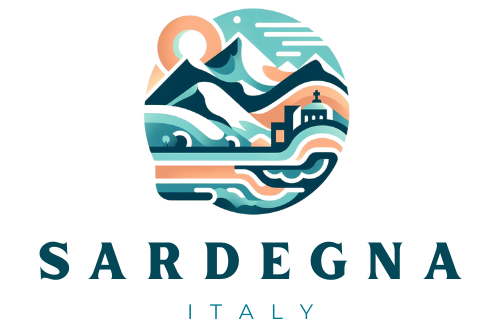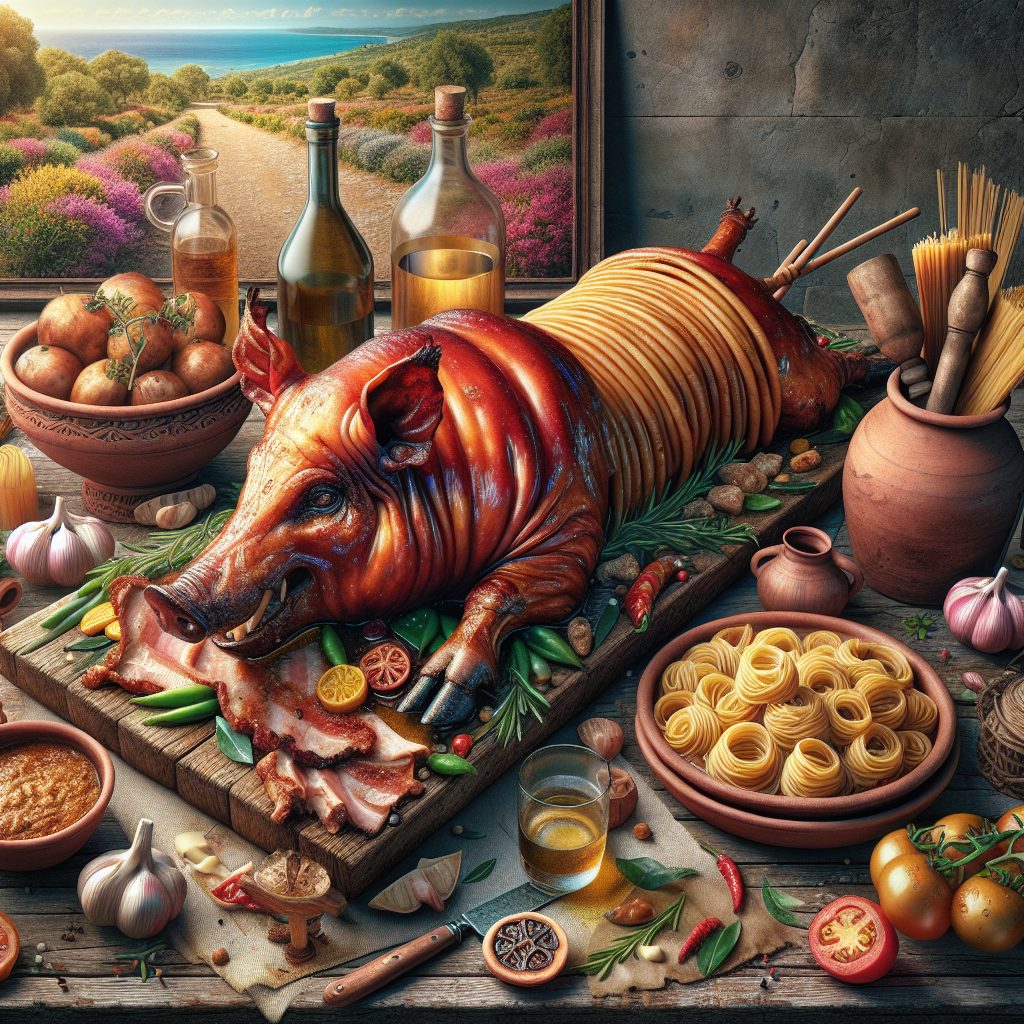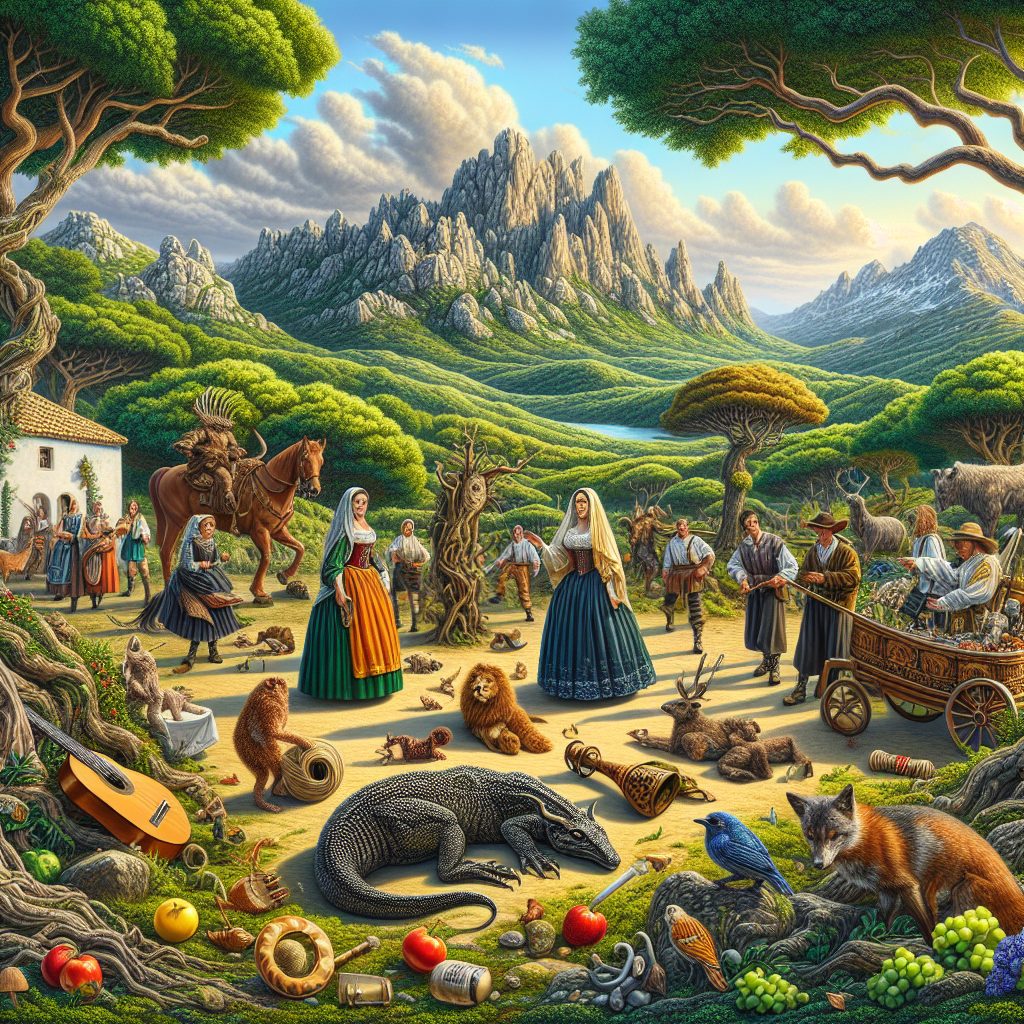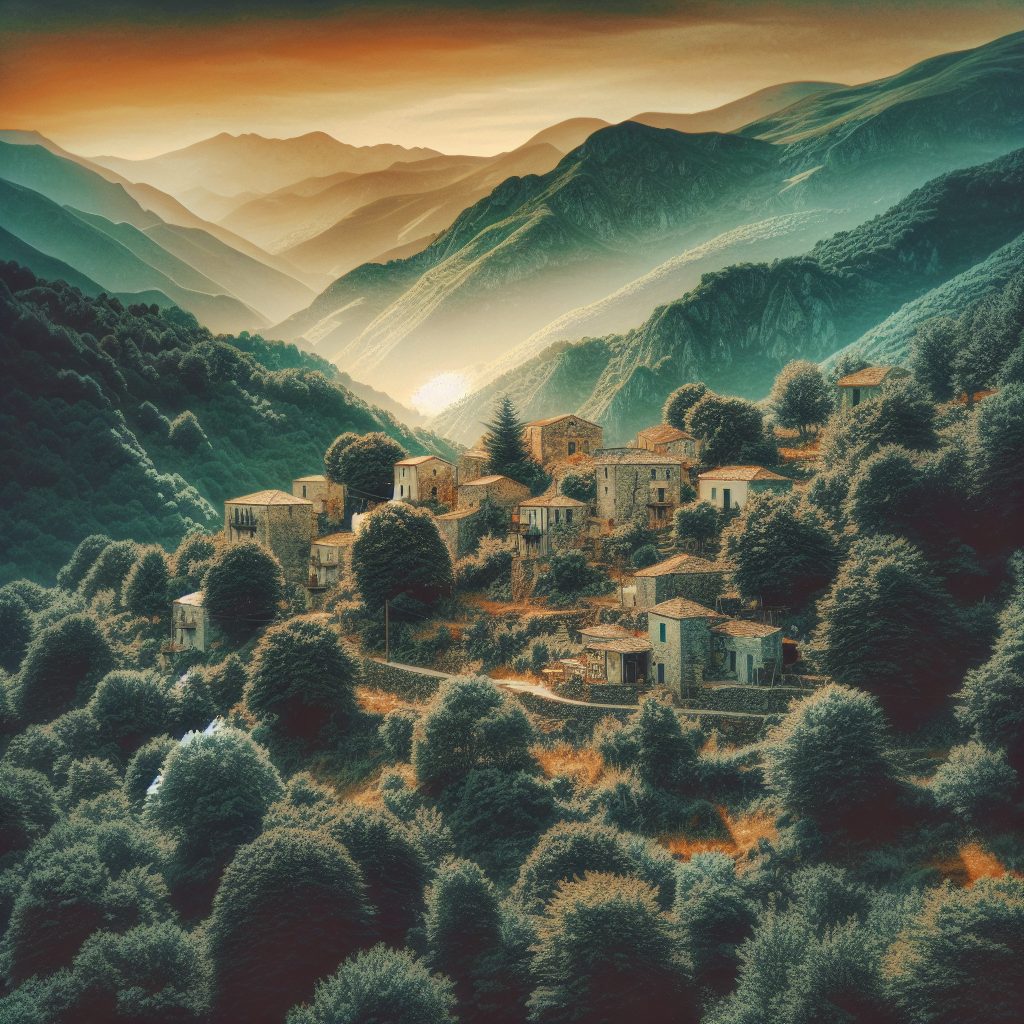Barbagia, located in the heart of Sardinia, Italy, is renowned for its rich and authentic cuisine. This region is famous for its strong connection to tradition and its commitment to preserving centuries-old culinary practices. From hearty stews to handmade pasta, Barbagia’s cuisine is a true reflection of its people’s deep-rooted cultural heritage.
One unique aspect of Barbagia’s authentic cuisine is its reliance on local ingredients. The region is blessed with fertile lands, allowing for an abundance of fresh produce, including fruits, vegetables, and aromatic herbs. Furthermore, Barbagia is home to numerous livestock farms, ensuring a steady supply of high-quality meats and dairy products. The use of organic, locally sourced ingredients not only enhances the flavors of the dishes but also supports sustainable farming practices, contributing to the region’s ecological balance.
In the upcoming sections of this article, we will dive deeper into Barbagia’s culinary traditions and explore the key takeaways from its authentic cuisine. From the simplicity of traditional recipes to the intricate techniques used in food preparation, we will uncover the secrets behind Barbagia’s flavorful dishes. Additionally, we will also discuss the cultural significance of certain ingredients and explore how Barbagia’s cuisine has evolved over time. Join us on this gastronomic journey through Barbagia as we unravel the delights of its authentic cuisine.
Key Takeaways
1. Barbagia cuisine is an authentic and traditional cuisine specific to a mountainous region in Sardinia, Italy, known for its simplicity, high-quality ingredients, and rich flavors.
2. The cuisine of Barbagia is deeply rooted in the region’s history and culture, with recipes and cooking techniques passed down through generations, making it a true representation of Sardinian gastronomy.
3. The use of local and seasonal ingredients plays a vital role in Barbagia cuisine, with dishes often incorporating wild herbs, cured meats, sheep and goat cheeses, and locally grown produce to create unique and flavorful combinations.
4. Popular dishes in Barbagia include the traditional Sardinian bread, pane carasau, which is thin and crispy, and dishes like culurgiones, a type of stuffed pasta, and porceddu, a roasted suckling pig, which are staples of grand feasts and celebrations.
5. Barbagia’s authentic cuisine offers a glimpse into the region’s cultural heritage and traditions, providing a truly immersive experience for food lovers looking to explore Sardinian gastronomy beyond the typical Italian fare.
What makes Barbagia authentic cuisine so special?
Introduction
Barbagia, a rugged region in central Sardinia, is renowned for its rich culinary traditions. The local cuisine of Barbagia showcases the authentic flavors and dishes deeply rooted in its history and culture. Let’s explore what makes Barbagia authentic cuisine so special.
1. Traditional Ingredients
The first aspect that sets Barbagia authentic cuisine apart is its reliance on traditional ingredients. From fresh local produce to high-quality meats and cheeses, every dish in Barbagia is made with ingredients carefully sourced from the region. The use of homegrown herbs, such as myrtle, rosemary, and thyme, adds a unique fragrance to the dishes.
2. Rustic Culinary Techniques
In Barbagia, the cooking techniques have been passed down through generations. The locals still practice traditional methods, such as slow cooking over an open fire or in wood-burning ovens. These rustic techniques enhance the flavors and textures of the dishes, resulting in a truly authentic culinary experience.
3. Regional Specialties
Barbagia is renowned for its diverse regional specialties. Each village in the region boasts its own signature dish. For example:
3.1 Su Porcheddu a Mulas
This famous roasted suckling pig dish from Aritzo is a true delicacy. The piglet is traditionally cooked on a spit and flavored with local herbs before being served with crisp crackling and tender meat.
3.2 Culurgiones
Culurgiones are traditional Sardinian ravioli-like dumplings, typically filled with a mixture of potatoes, pecorino cheese, and mint. In Barbagia, you can taste the authentic version of this beloved dish, often served with a rich tomato sauce and melted butter.
3.3 Su Gattò
Su Gattò is a unique potato-based dish from Lula. It consists of layers of thinly sliced potatoes, pecorino cheese, and saffron-infused béchamel sauce. The dish is baked until golden and served as a warm appetizer or side dish.
4. Preservation of Culinary Heritage
Barbagia takes immense pride in preserving its culinary heritage. The locals are dedicated to passing down traditional recipes and cooking techniques to future generations. Numerous food festivals and events celebrate Barbagia’s authentic cuisine, allowing visitors to immerse themselves in the region’s gastronomic traditions.
5. Culinary Tourism
Due to its unique culinary traditions, Barbagia has become a popular destination for food enthusiasts and culinary tourists. Visitors can embark on food tours, exploring the local markets, traditional cheese factories, and butcheries. They can also participate in cooking classes to learn firsthand the secrets behind Barbagia’s authentic cuisine.
Explore Barbagia Authentic Cuisine Today!
- Visit Barbagia and immerse yourself in its rich culinary traditions.
- Try traditional dishes like Su Porcheddu a Mulas or Culurgiones.
- Attend local food festivals to experience the cultural heritage of Barbagia.
- Join a food tour or cooking class to learn the secrets of Barbagia’s authentic cuisine.
- Savor the flavors of Barbagia and appreciate its unique gastronomic legacy.
Frequently Asked Questions
What is Barbagia authentic cuisine?
Barbagia authentic cuisine refers to the traditional dishes and culinary practices that originate from the Barbagia region in Sardinia, Italy. It is known for its simplicity, use of locally sourced ingredients, and preservation of ancient cooking techniques.
What are some popular dishes in Barbagia?
Barbagia is famous for its rich variety of traditional dishes. Some popular ones include “Su Porcheddu” (roasted suckling pig), “Culurgiones” (handmade potato-filled pasta), “Pane Frattau” (layered bread with tomato sauce and cheese), and “Zuppa Gallurese” (a savory bread and cheese casserole).
What makes Barbagia cuisine unique?
Barbagia cuisine stands out due to its strong bond with the local territory. The use of ingredients such as wild herbs, game meat, and products from shepherding activities gives the dishes a distinctive flavor and character. Additionally, the traditional cooking methods and recipes have been passed down through generations, preserving the culinary heritage of the region.
Are there any vegetarian options in Barbagia cuisine?
While Barbagia cuisine is known for its meat-based dishes, there are also vegetarian options available. Local vegetables, legumes, and cheeses play a significant role in the region’s culinary repertoire. Dishes like “Malloreddus” (Sardinian gnocchi), “Fregola” (toasted semolina pasta), and “Papassini” (honey and nut cookies) are delicious examples of vegetarian-friendly Barbagia cuisine.
Where can I taste Barbagia authentic cuisine?
To truly experience Barbagia authentic cuisine, it is recommended to visit local restaurants and agriturismi (farmhouse restaurants) situated within or near Barbagia. These establishments specialize in showcasing traditional regional dishes, allowing visitors to savor the true flavors and culinary heritage of the area.
Is Barbagia authentic cuisine suitable for people with dietary restrictions?
Barbagia cuisine offers options for various dietary restrictions. Many dishes can be adapted to accommodate specific needs, such as gluten-free or lactose-free diets. Locally sourced ingredients and the emphasis on simplicity and natural flavors make it easier to find dishes that meet dietary requirements.
What are some typical desserts in Barbagia authentic cuisine?
The sweets and desserts of Barbagia cuisine are a delightful treat. Examples of popular desserts include “Sebadas” (deep-fried cheese-filled pastry drizzled with honey), “Pardulas” (ricotta-filled pastries flavored with saffron), and “Amarettus” (crunchy almond cookies). These desserts showcase the region’s love for simple yet exceptional flavors.
Are there any seasonal specialties in Barbagia?
Yes, Barbagia cuisine showcases seasonal specialties, allowing locals and visitors to enjoy fresh and regional ingredients at their peak. For instance, during autumn, dishes featuring mushrooms and chestnuts are prevalent, while spring highlights ingredients like wild asparagus and artichokes.
Does Barbagia authentic cuisine include seafood?
Barbagia cuisine primarily focuses on ingredients sourced from the land, such as meat, vegetables, and dairy products. Due to its inland location, seafood is not as prominent in traditional Barbagia dishes. However, some coastal influences can be found in specific dishes, especially in areas close to the sea.
Is Barbagia cuisine suitable for adventurous eaters?
Absolutely! Barbagia cuisine offers a wonderful culinary adventure for those who seek unique flavors and traditional dishes. From delicately handmade pastas to rich meat-based recipes, there is something to satiate the adventurous palate. Exploring the tastes and textures of Barbagia cuisine will be a truly memorable experience.
Final Thoughts
Barbagia authentic cuisine is more than just a collection of dishes – it represents a deep connection to the land, the people, and the traditions of Sardinia. The region’s culinary heritage shines through in every bite, bringing alive flavors that have been cherished for centuries. Whether you’re a meat lover, vegetarian, or simply an adventurous eater, Barbagia offers a wealth of gastronomic delights.
Visiting Barbagia allows you to immerse yourself in a culinary journey that intertwines history, culture, and the joy of savoring carefully prepared meals. As you feast on traditional dishes like Su Porcheddu or indulge in the sweetness of Sebadas, you’ll experience the warmth and authenticity that define Barbagia cuisine. It’s an invitation to taste the essence of an ancient land, where every bite tells a story and every meal is a celebration of tradition.






